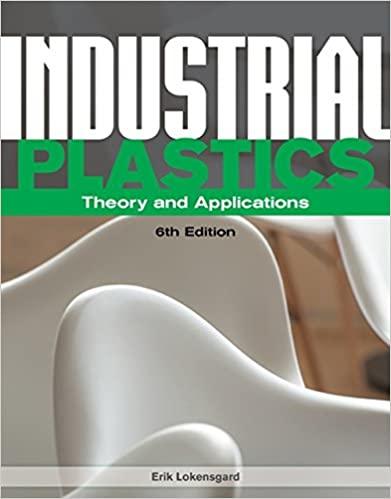Question
A method for determining the viscosity of a liquid is to measure the terminal velocity of a cylinder settling in a tube. As shown in
A method for determining the viscosity of a liquid is to measure the terminal velocity of a cylinder settling in a tube. As shown in the figure below, the cylindrical radius is a, the tube radius is b, and the velocity relative to the tube is U. To keep it centered, the cylinder is fitted with fins (not shown). The cylinder length is L and the gap between the cylinder and the tube wall is h = ba. Assume that h/L is small enough that the flow in the gap can be modeled as fully developed. Moreover, assume that the pressure variation above and below the cylinder is very nearly that in a static fluid. For simplicity, assume also that h/a << 1, allowing the annular gap to be approximated as the space between parallel plates.
Figure 1: Falling cylinder viscometer. The relative lengths have been distorted for clarity in labeling. In reality, we have h/a << 1 and h/L << 1. (a) Solve for vx(y) in the gap in terms of dP/dx (the dynamic pressure gradient in x). A convenient reference frame is one where the cylinder is stationary and the tube wall moves upward at velocity U. (b) By considering the rate at which the falling cylinder displaces liquid, evaluate the mean velocity in the gap and find dP/dx. (c) Use an overall force balance on the cylinder (which has density 0) to show that the viscosity can be calculated with the following equation: = ((0 )gh3)/6Ua
Step by Step Solution
There are 3 Steps involved in it
Step: 1

Get Instant Access to Expert-Tailored Solutions
See step-by-step solutions with expert insights and AI powered tools for academic success
Step: 2

Step: 3

Ace Your Homework with AI
Get the answers you need in no time with our AI-driven, step-by-step assistance
Get Started


